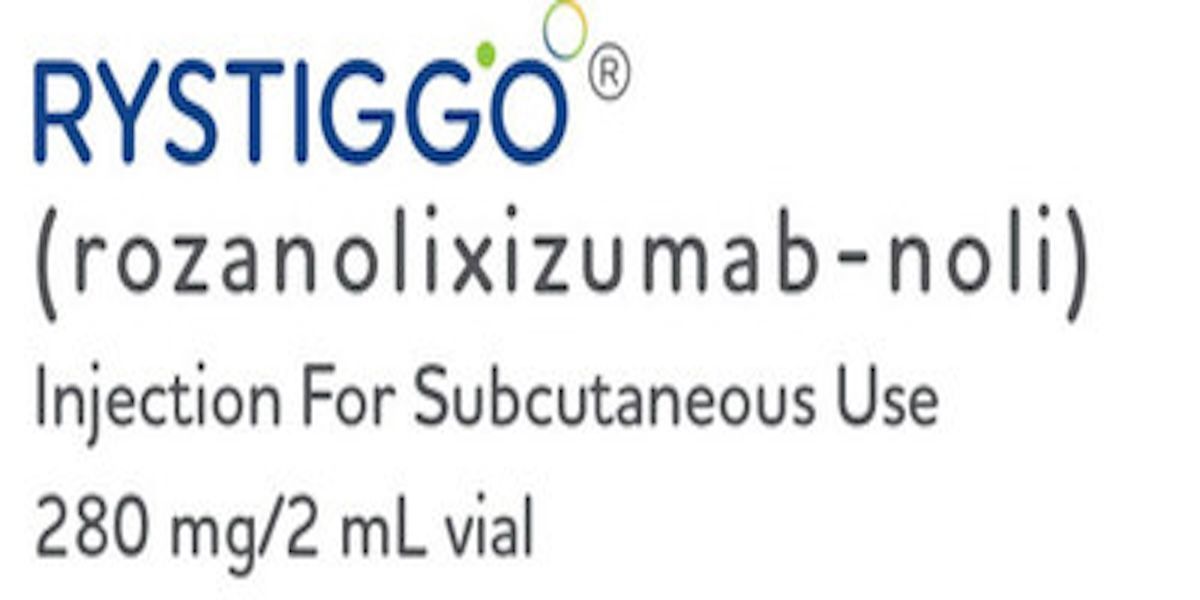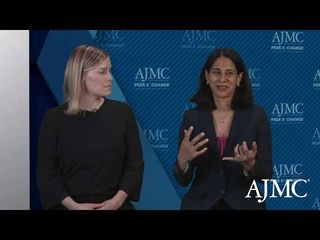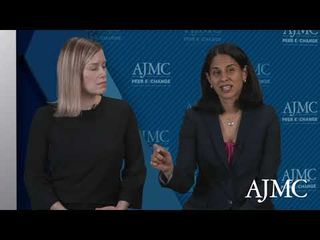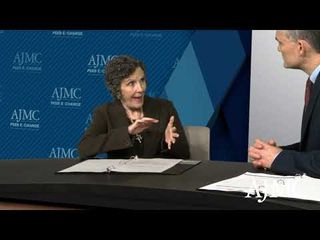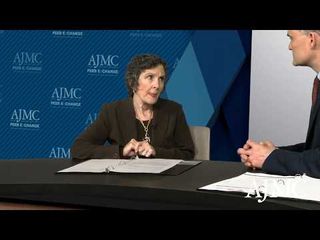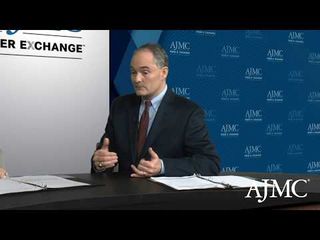
Clinical
Latest News

Video Series

Latest Videos
Podcasts
CME Content
More News
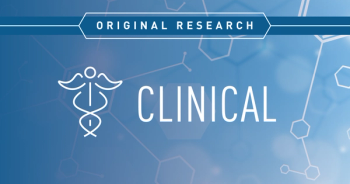
Based on this analysis, all 3 gepants are not cost-effective compared with usual care for the treatment of acute migraine.

Panelists discuss how digital therapeutics could address the enormous unmet need for treating negative symptoms in the 60% of patients with schizophrenia who experience them, potentially reducing health care costs and improving quality of life.

Exploring the Heterogeneous Nature of Desmoid Tumors

Panelists discuss how managing oral therapy toxicities requires preemptive planning, multidisciplinary team involvement, patient and family education, and close monitoring for drug interactions and adherence issues, emphasizing the need for experienced centers with proper support infrastructure.

Panelists discuss how prescription digital therapeutics like Daylight show promise for treating depression and anxiety but face significant accessibility barriers due to lack of payer coverage and high out-of-pocket costs.


Panelists discuss how implementing oral regimens faces significant operational barriers including formulary restrictions, prior authorization requirements, insurance coverage differences between inpatient and outpatient settings, and the need for careful monitoring protocols, especially during initial treatment cycles.

Targeted financing, clinician recruitment, and telehealth expansion are needed to improve rural primary care.

Diet and wellness impact multiple sclerosis management, enhancing quality of life and reducing fatigue through lifestyle changes and holistic approaches.

While next-generation sequencing (NGS) has become routine in academic settings, its use for patients with follicular lymphoma in the community is less consistent.

Current NCCN Guidelines recommend molecular testing for patients with follicular lymphoma, which has improved diagnostic accuracy and can assist in selecting the appropriate treatment in certain cases.

Infectious disease was hit hardest by funding cuts to NIH grant for clinical trials that did not align with the Trump administration's priorities.

Broader eligibility, real-world data, and community partnerships are expanding access to CAR T-cell therapy.

Research challenges age cut-offs in AML treatment, advocating for flexible, individualized approaches based on continuous age assessment.

The race of a telephonic care manager did not impact closure rates for gaps in care among Black Medicare Advantage beneficiaries.

Panelists discuss how structured, multidisciplinary screening efforts can catch MASH earlier and prevent progression.

Ryan Haumschild, PharmD, MS, MBA, introduces the faculty and sets the agenda to explore disease background, novel therapies, and operational considerations in relapsed/refractory multiple myeloma.

Ryan Haumschild, PharmD, MS, MBA, introduces the faculty and sets the agenda to explore disease background, novel therapies, and operational considerations in relapsed/refractory multiple myeloma.

Panelists discuss how metabolic dysfunction drives liver injury, highlighting early recognition of the obesity–MASH connection as key to prevention.

Panelists discuss their excitement about the evolution of heart failure as a distinct specialty with multiple effective therapeutic options, the convergence of previously siloed medical disciplines around shared evidence-based therapies that treat root causes of multiple comorbidities, and emerging technologies like clinical decision support systems and remote patient monitoring to improve population health management and prevent hospitalizations.

Patients 65 years and older had improved overall and cancer-specific survival after undergoing chemoradiotherapy for stage 2 NSCLC.

Topline results find that single-tablet regimen of bictegravir/lenacapavir had noninferior efficacy when patients switched from multitablet regimens in HIV.

Nurse practitioners play an essential role in diagnosing, treating, and supporting individuals living with Alzheimer disease.

Papillary muscle scarring has a substantial association with both cardiovascular mortality and arrhythmia.

Early measles vaccination among Texas infants surged in early 2025, likely helping reduce their risk amid the nation's largest outbreak since 2000.

